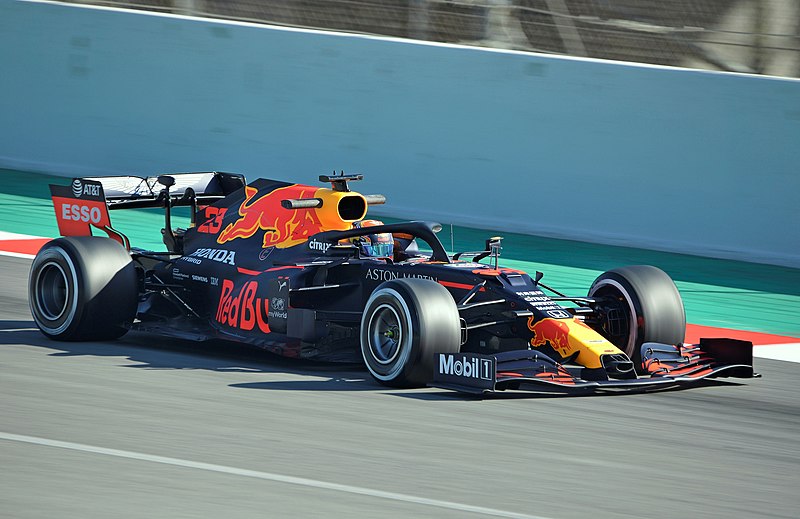The Williams FW14B Formula one car is an icon and was so dominate and technically advanced in the 1992 season it’s the reason that Nigel Mansell decided to carry on with his career in Formula one. It was a wise move as it gave him his one and only World Championship. The Williams team had built and designed a monster sports car and it was obvious that from the first turn at Kalami circuit in South Africa where the season was going to go. The FW14 with the famous Mansell red five is one of many iconic sportscars that you can have on a Sportscar Lap tray which makes a perfect compliment when watching the super Sunday and you need something to keep your snacks on. Visit https://personalisedlaptrays.co.uk/collections/sport-lap-trays to have a look then let’s see how this incredible sportscar was built.
Williams were a team on the up in the late eighties. They had signed a deal to be supplied with Renault engines who were looking to return to the sport after some years away. The Williams team would provide them with that experience and skill without the car manufacturer needing to do this themselves. Initial results in the 1991 season with the FW14 had been disappointing as the car needed some niggling details that had to be worked out. The car was fastest by far that season in front of the Maclaren, but reliability was a key to Senna taking his third world championship. The FW14 featured a twitchy semi-automatic gearing system that failed on several occasions. By the start of 1992 the FW14B was ready to be wheeled out. Its V10 Renault engine was rampant and ready to be placed into a machine that could fully complement its immense power.
The FW14B was that machine. It was designed by Adrian Newey, who is the current technical director of the Red Bull team, and it was the most technologically advance car that had been seen on the grid. The car almost drove itself. It had a working semi auto gearbox making it easier for the driver to change gears without missing one and suffering a loss of power. There was the active suspension that meant the car literally followed the contours and cambers of the track it was only so that the car would stick to the road constantly changing and adapting as the car was driven. The most incredible innovation was the traction control. This made it very difficult to spin off the track as the cars’ onboard management would cut the power to the front or the rear of the car if the computer system judged that you were coming into or out of a bend too fast.

